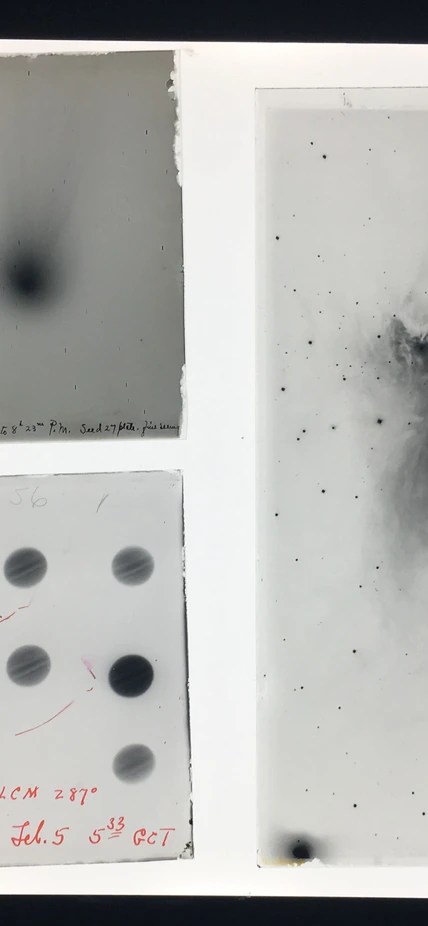Hubble's Famous M31 VAR! plate
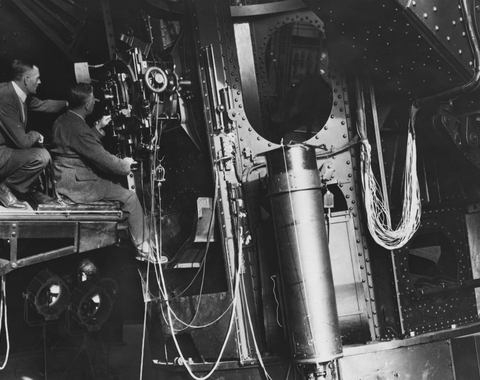
On the night of October 5-6, 1923, Carnegie astronomer Edwin P. Hubble took a plate of the Andromeda Galaxy (Messier 31) with the Hooker 100-inch telescope of the Mount Wilson Observatory. This plate, with identification number H335H ("Hooker plate 335 by Hubble"), is famous for having led to his discovery of the first Cepheid variable star in M31, which established beyond any doubt that M31 was a separate galaxy from our own.
Shown here are three images of Plate H335H as well as three images of a similar plate, H331H, which Hubble took the night before. The letters N on Plate H335H mark Novae, stars marked by Hubble as new when compared with earlier plates. The first Cepheid variable discovered has its letter N crossed out and is marked "VAR!", showing that Hubble originally thought it was a nova, but eventually discovered that it varied in brightness like a Cepheid.
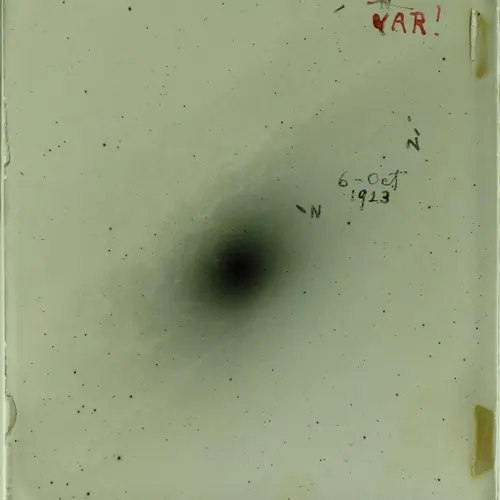
|

|
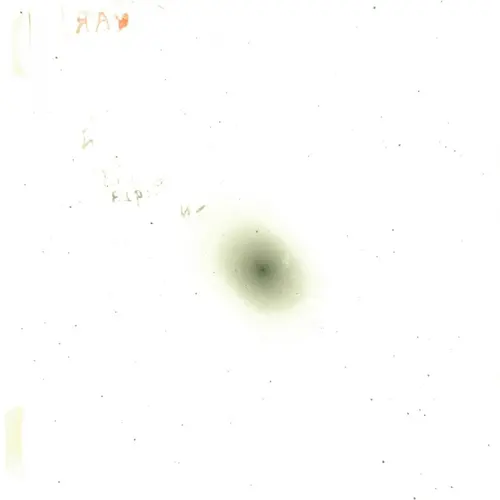
|
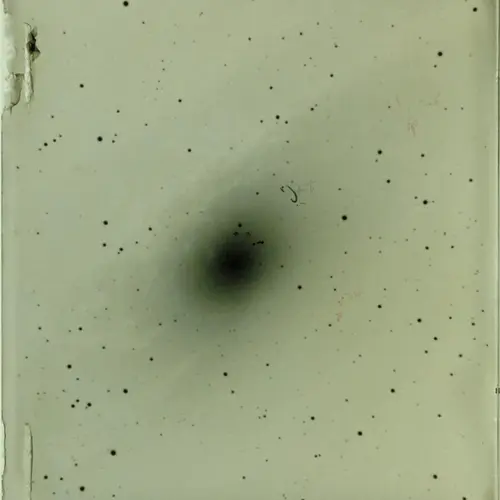
|
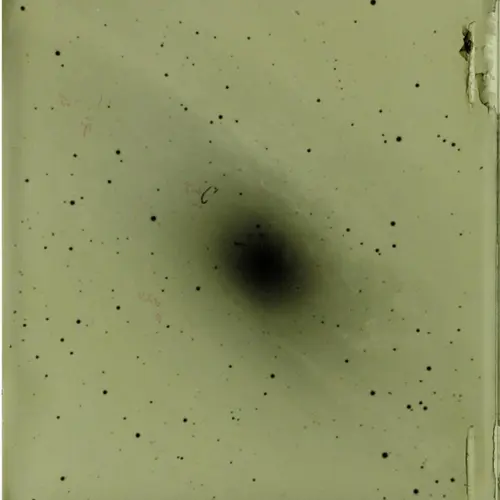
|
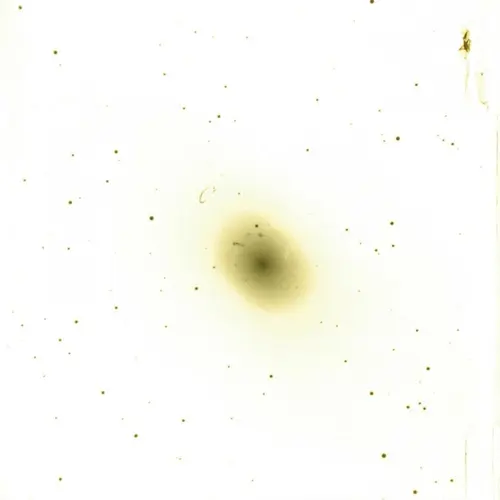
|
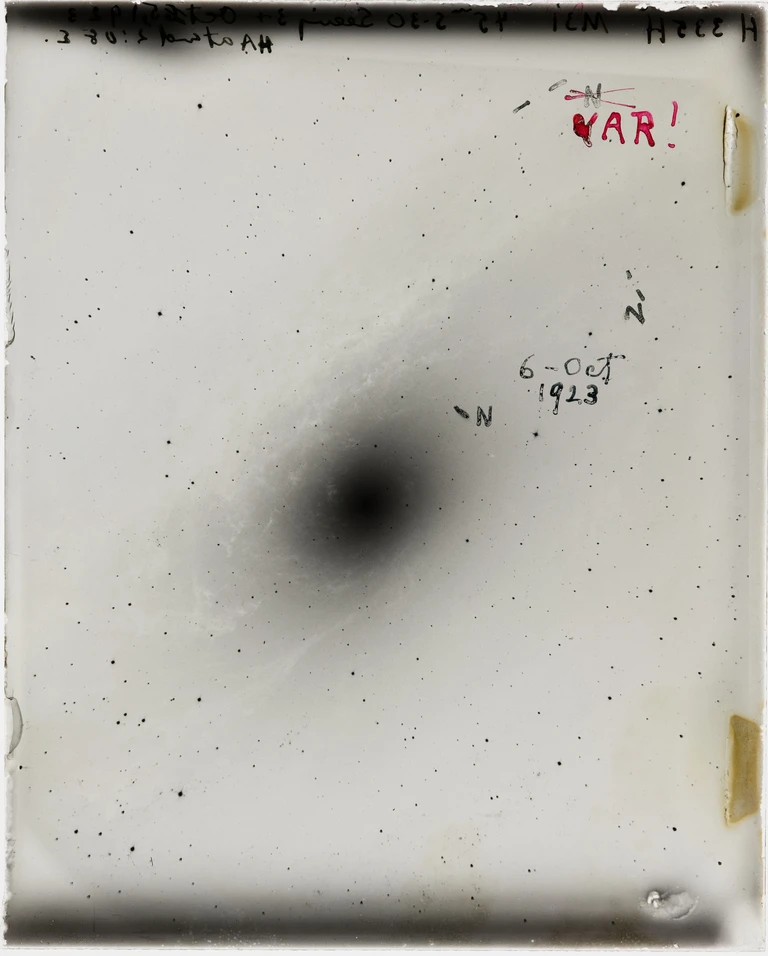
Carnegie Science makes the VAR! plate image available for non-commercial private, research, and educational use. For permission to publish, exhibit, or distribute the image, download and complete the Request for Permissions Form and submit it to the Carnegie Archives team at archives@carnegiescience.edu. Please provide credit to "Carnegie Science" with any use of the VAR! plate image.
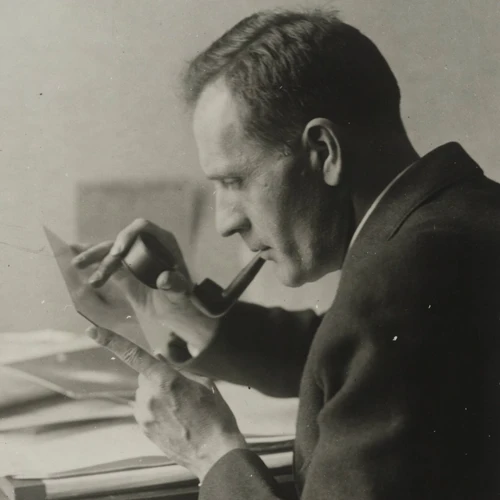
The Universe Was Discovered Here
Edwin Hubble's 1923 discovery of the Andromeda Galaxy’s true nature marks a pivotal moment in the history of astronomy. From a universe limited to the Milky Way, Hubble's work propelled us into a vast cosmos teeming with countless galaxies.
Learn more